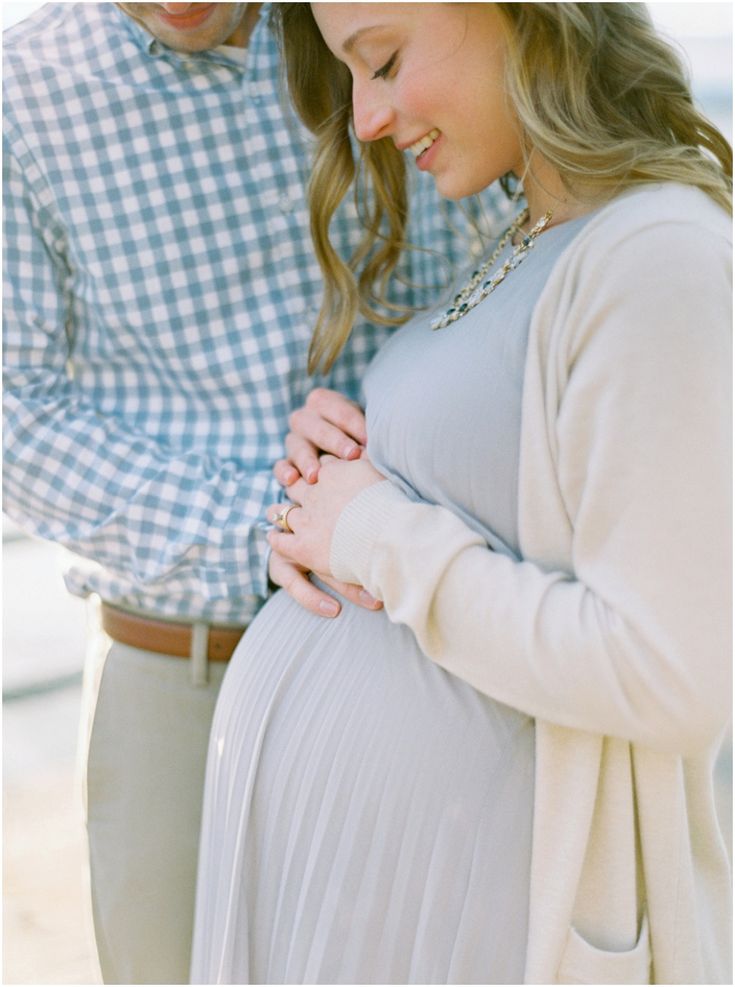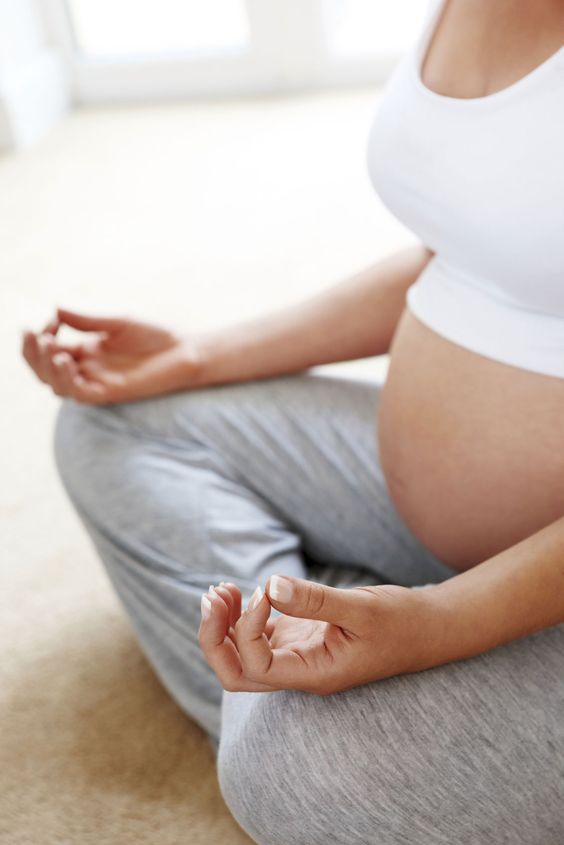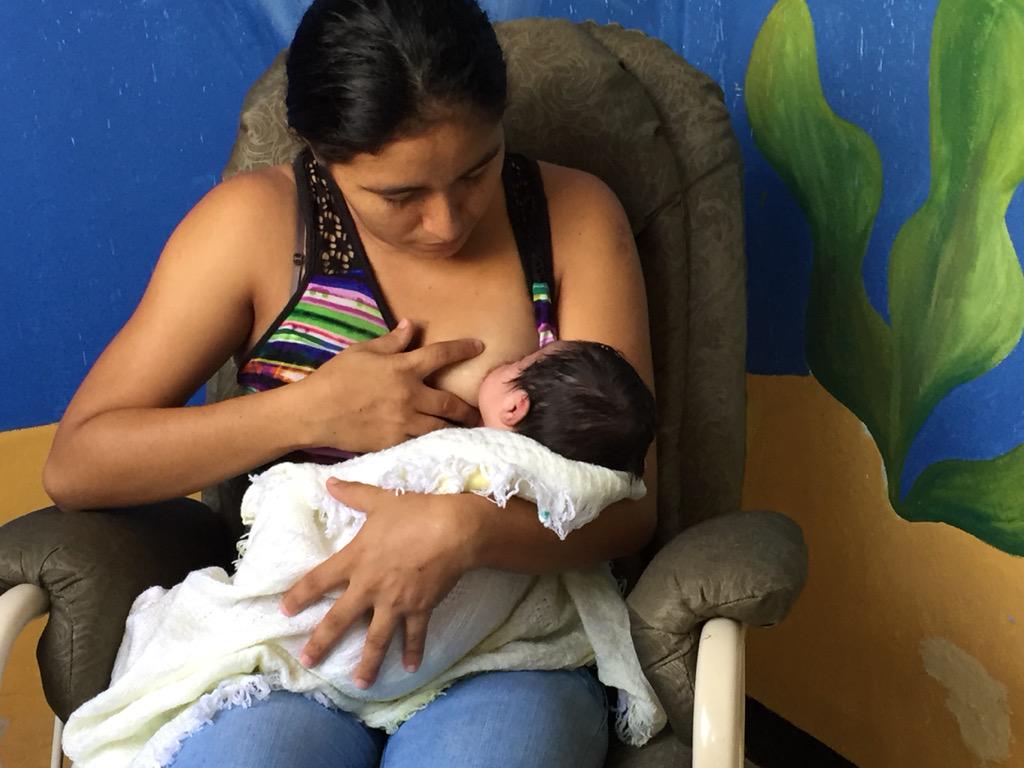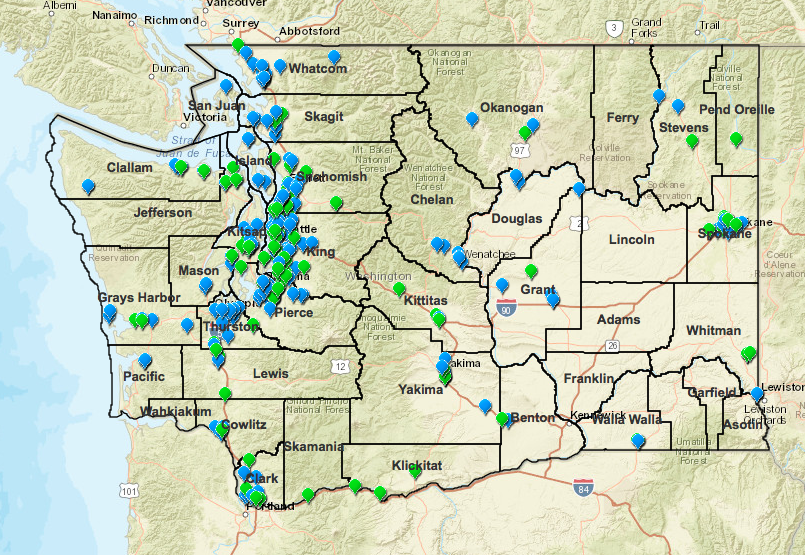Maternity tens unit
TENS (Transcutaneous electrical nerve stimulation)
beginning of content2-minute read
Listen
TENS is one option for pain relief in labour. With TENS, a machine sends low-voltage electrical current to your body through electrodes stuck to the skin of your back. TENS doesn’t involve needles or drugs. Some women find it helpful.
What is TENS?
Transcutaneous electrical nerve stimulation, or TENS, is a form of pain relief without medicine. It can be used in labour to help with the pain.
Two electrodes are stuck to your skin and connected to a battery-powered machine.
The machine delivers small pulses of electrical current to the body. You can adjust the amount of electricity delivered to your body. The pulses feel like tingling sensations on your skin.
How it works
It is not clear how TENS works to relieve pain.
It's possible that it blocks pain signals by stimulating different nerves in your spinal cord. It might also cause the release of endorphins, which are the body's natural pain relievers.
While there is no harm is using a TENS machine, there is not a lot of evidence to show TENS works to reduce pain but some women find it helpful.
Advantages and disadvantages for TENS in labour
The advantages of TENS are that:
- it doesn't require medicines or injections
- it may give you some control over pain relief
- you are able to move about
- you can use other methods if TENS does not give you enough pain relief
- there is no harm to you or your baby
- it can be used at home during early labour
The disadvantages are that:
- it doesn't work for everybody
- TENS machines can't be used in the bath or shower
Risks and side effects
TENS is thought to be very safe. But it shouldn't be used:
But it shouldn't be used:
- on an open wound or if your skin is irritated
- while driving
- by women who are pregnant but not in labour
- before 37 weeks’ gestation
- by people who have a pacemaker or a cochlear implant
- by some people with epilepsy
Some people find:
- irritation of the skin where the electrodes are stuck on
- that TENS is uncomfortable but not painful
What to ask to your doctor or midwife
Not all hospitals and birthing centres have TENS machines. Ask whether or not you could use a TENS machine, and the cost.
If you do want to use one, it's best to discuss it before you go into labour.
Sources:
Royal Australian College of Obstetricians and Gynaecologists (Pain relief in labour and childbirth), The Royal Women's Hospital (Managing pain in labour), Cochrane (TENS (transcutaneous nerve stimulation) for pain relief in labour), King Edward Memorial Hospital Obstetrics & Gynaecology (Clinical practice guideline, Pain management)Learn more here about the development and quality assurance of healthdirect content.
Last reviewed: January 2020
Back To Top
Related pages
- Epidural
- Gas (Entonox)
- Non-medical pain relief during labour
- Pain relief during labour
- Making a birth plan
- Giving birth - stages of labour
This information is for your general information and use only and is not intended to be used as medical advice and should not be used to diagnose, treat, cure or prevent any medical condition, nor should it be used for therapeutic purposes.
The information is not a substitute for independent professional advice and should not be used as an alternative to professional health care. If you have a particular medical problem, please consult a healthcare professional.
Except as permitted under the Copyright Act 1968, this publication or any part of it may not be reproduced, altered, adapted, stored and/or distributed in any form or by any means without the prior written permission of Healthdirect Australia.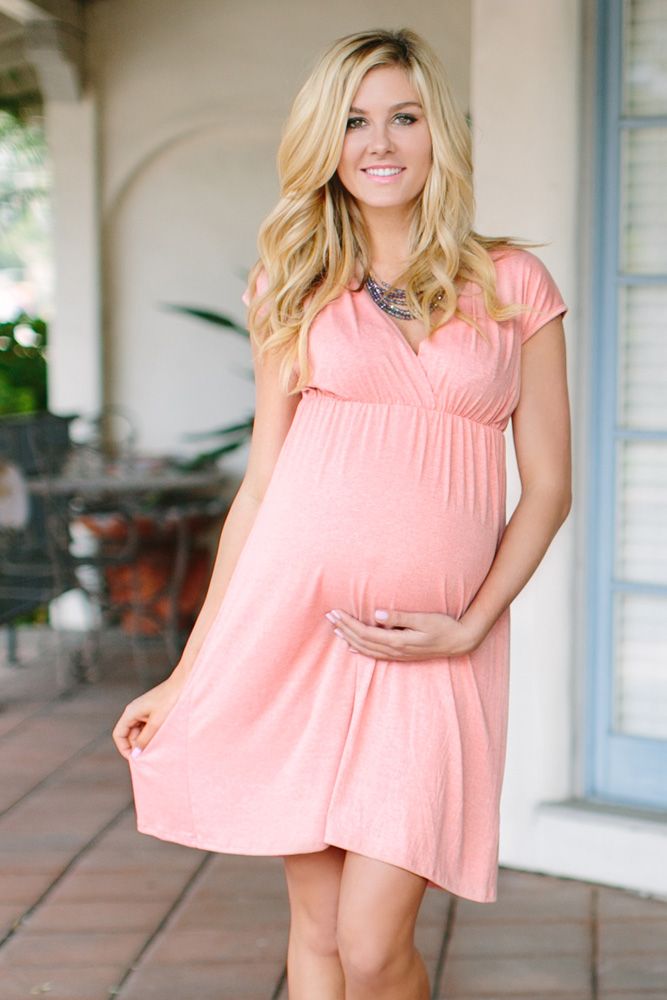
Support this browser is being discontinued for Pregnancy, Birth and Baby
Support for this browser is being discontinued for this site
- Internet Explorer 11 and lower
We currently support Microsoft Edge, Chrome, Firefox and Safari. For more information, please visit the links below:
- Chrome by Google
- Firefox by Mozilla
- Microsoft Edge
- Safari by Apple
You are welcome to continue browsing this site with this browser. Some features, tools or interaction may not work correctly.
Using a TENS machine in labour
In this article
- What does a TENS machine do?
- How does a TENS machine work for pain relief?
- When should I use TENS for labour pain?
- How should I use TENS?
- When shouldn't I use TENS?
- What are the advantages of TENS?
- What are the disadvantages of TENS?
- How do I get a TENS machine?
- Other types of pain relief for labour
TENS is a method of pain relief that uses a mild electrical current, often used in the early stages of labour.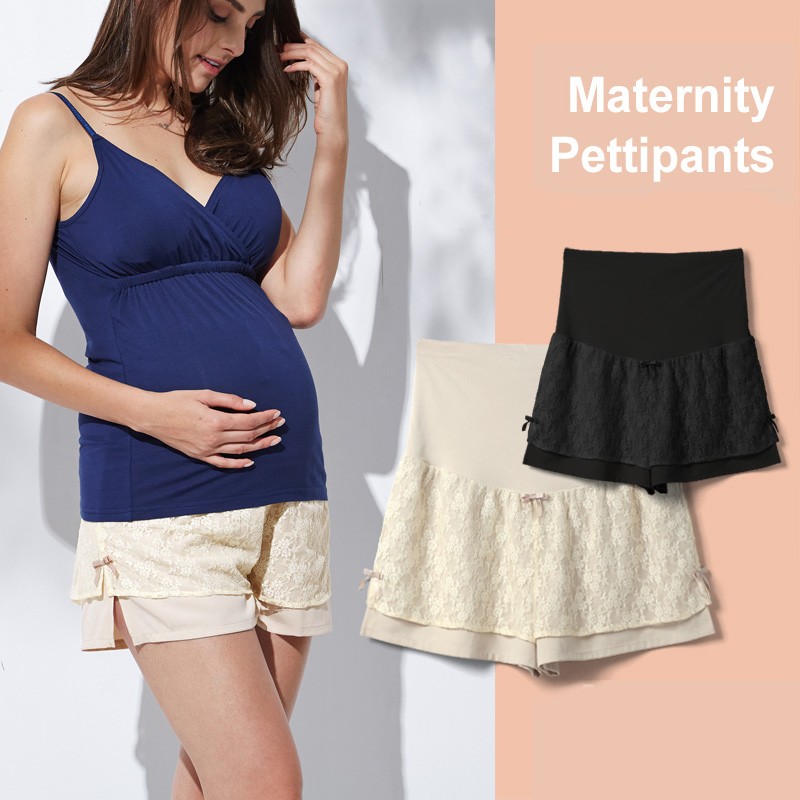 TENS stands for Transcutaneous Electrical Nerve Stimulation. If you are thinking about using TENS for pain relief in labour, you will need a TENS machine specifically designed for maternity use. A maternity TENS machine consists of a battery-powered, hand-held controller connected by fine leads to four flat pads. The pads are covered in a firm gel that helps them stick to your back.
TENS stands for Transcutaneous Electrical Nerve Stimulation. If you are thinking about using TENS for pain relief in labour, you will need a TENS machine specifically designed for maternity use. A maternity TENS machine consists of a battery-powered, hand-held controller connected by fine leads to four flat pads. The pads are covered in a firm gel that helps them stick to your back.
What does a TENS machine do?
The machine sends small, safe pulses of electrical current via pads on your skin. The pulses pass through your skin and into your muscles and tissues. This gives you a gentle tingling or buzzing sensation, which may be stronger or weaker, depending on the setting level.
The controller part of the TENS machine is easy to hold in your hand while you're in labour. But if you don't want to hold it, you can clip it to your clothing or attach a strap and hang it around your neck.
A TENS machine has buttons that you can use to control the frequency and strength of the pulses. There's also a boost button you can press with your thumb when you want maximum output from the machine. This may help you to get through each contraction.
There's also a boost button you can press with your thumb when you want maximum output from the machine. This may help you to get through each contraction.
Around one in eight people use a TENS machine during labour.
How does a TENS machine work for pain relief?
We don’t know exactly how TENS helps you cope in labour. It’s probably due to a combination of factors. These could include:
- the electrical pulses block pain signals from reaching your brain.
- the pulses stimulate your body to release natural, feel-good substances called endorphins.
- it helps you to feel in control of your labour and be less anxious.
- it offers a distraction from your contractions.
There isn’t much evidence to show how effective using a TENS machine is as a form of pain relief but it’s popular with women in labour, and most midwives are supportive.
When should I use TENS for labour pain?
You can use TENS from the very beginning of your labour.
You could start using it when you're getting regular contractions or backache. You may find the machine works better at relieving your backache than other types of pain. This is probably because the pads are on your back.
Many people find TENS to be most helpful in early labour, but you may find it also helps throughout the first and second stages. However, you may need additional forms of pain relief as your labour gets stronger.
Your midwife will not recommend starting TENS if you’re already in established labour, as it’s not thought to be beneficial if you only start it then. However, if you started using TENS earlier and want to carry on using it, that's fine. You may need to take off the TENS pads if your baby's heart has to be monitored electronically, because it could have an effect on the electrical equipment.
How should I use TENS?
Michelle State-Tomlinson for BabyCenter
Your birth partner can place the pads on your back for you. Follow the instructions that come with your specific maternity TENS machine, though they're likely to be similar to the following:
Follow the instructions that come with your specific maternity TENS machine, though they're likely to be similar to the following:
- Check the machine is turned off before placing the pads on your back.
- Place two of the pads on either side of your spine, with the tops of the pads at about bra-strap level.
- Place the other two lower down, at about the level of the dimples on your lower back, just above your bottom.
- Switch the machine on, starting with the controls at the lowest setting. Turn them up gradually as your contractions get stronger, or when the pain in your back gets worse.
- Use the boost button at the peak of each contraction. The boost function results in more intense, wave-like tingling or buzzing sensations.
- Remember to turn off the boost button again when the contraction has ended. This is so you feel the benefit of the boost next time you have a contraction.
- Keep mobile. Moving around during labour helps you to feel in control and can also help you cope with the pain of contractions.

- If the pads start to lose their stickiness, rub a few drops of water into the gel side of the pads before putting them back on. The more firmly the pads are stuck on, the better they'll work.
- If you don't think the pads are helping you after a while, take them off. You are in control of your labour and what’s working for you. The usual pain relief options will still be available to you if you find TENS doesn’t work.
When shouldn't I use TENS?
You should never use a TENS machine when you’re in a shower, bath, or birth pool.
Seek advice from a midwife or doctor first before using a TENS machine if you have:
- Epilepsy.
- Broken skin or a healing scar where you want to place the pads.
- A cardiac pacemaker or a heart rhythm problem.
- Pain that you don’t think is labour pain. See your doctor or midwife if this is the case.
What are the advantages of TENS?
- You can keep moving around while using it.

- It won't directly interfere with your labour.
- You can use it for as long as you want to and take it off whenever you want or need to.
- There are no lasting side-effects.
- It's safe for you and your baby.
- You don't need an anaesthetist, doctor or midwife to help you use it.
- It can be used for a home birth.
- It's portable and non-invasive.
- You control it.
- It's easy to use.
What are the disadvantages of TENS?
- You probably won’t be able to put the pads in place without help.
- You may find it only gives you relief in the early stages of labour.
- You‘ll probably need to pay to hire or buy a TENS machine, as not all hospitals have them.
- TENS can’t be used in water, though you can still use it before you get in a bath or birth pool.
- If you want your birth partner to massage your back, they’ll have to work around the pads.
How do I get a TENS machine?
You'll probably need to hire, buy or borrow a TENS machine for use at home, while you're in early labour.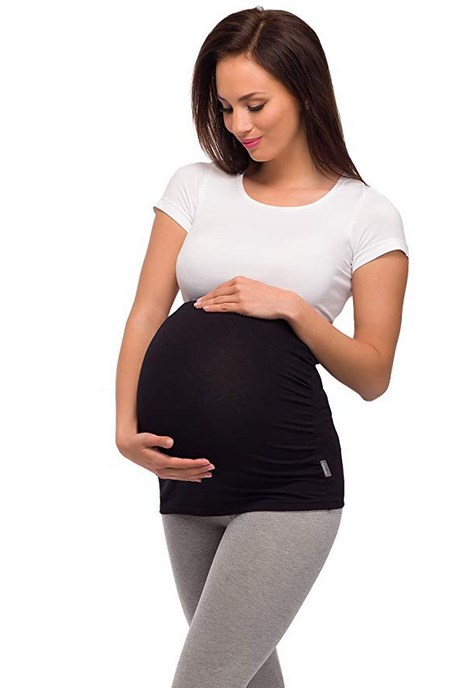
Not many hospital maternity units provide TENS machines. If you're having your baby in a hospital, you probably won't be admitted until you're in active labour. By then, TENS won’t work as well for you. That's why hospitals invest in other methods of pain relief.
Birth centres or midwife-led units may be more likely to have TENS machines, but most rely on you bringing your own. When you go through your birth plan with your midwife, talk to them about renting a machine.
There are many types of maternity TENS machines available to hire. It costs from around £25 to £30 to hire one for a month to six weeks. Shop around online for the best deal. If you have sensitive skin, it's worth finding out if your chosen machine comes with hypoallergenic pads.
It may be cheaper in the long run to buy rather than hire. You could share the cost with a pregnant friend or relative, or use it again yourself in the future to get the best value. TENS can also be used for other types of pain, such as arthritis, back pain and period pain.
Other types of pain relief for labour
Explore some of your other pain relief options:
- Entonox (gas and air)
- Epidural
- Diamorphine
- Complementary therapies
References
CQC. 2019. 2018 survey of women’s experiences of maternity care. Care Quality Commission. London: CQC. www.cqc.org.uk [Accessed January 2021]
Dowswell T, Bedwell C, Lavender T, et al. 2009. Transcutaneous electrical nerve stimulation (TENS) for pain management in labour. Cochrane Database of Systematic Reviews. www.cochranelibrary.com [Accessed January 2021]
Jones L, Othman M, Dowswell T, et al. 2012. Pain management for women in labour: an overview of systematic reviews. Cochrane Database of Systematic Reviews. 3: CD009234. www.cochranelibrary.com [Accessed January 2021]
Lawrence A, Lewis L, Hofmeyr GJ, et al. 2013. Maternal positions and mobility during first stage labour. Cochrane Database of Systematic Reviews
Cochrane Database of Systematic Reviews
NCT. 2019. Labour pain relief: TENS machine.
NCT. www.nct.org.uk [Accessed January 2021]
NHS. 2018. TENS (transcutaneous electrical nerve stimulation). NHS, Health A-Z. www.nhs.uk [Accessed January 2021]
NHS. 2020. Pain relief in labour. NHS. www.nhs.uk [Accessed January 2021]
NCCWCH. 2017. Intrapartum care: care of healthy women and their babies during childbirth. National Collaborating Centre for Women's and Children's Health, Clinical guideline, 190. www.nice.org.uk [Accessed January 2021]
OAA. 2016. Pain relief for labour. How do the options compare? Obstetric Anaesthetists Association. LabourPains.com [Accessed January 2021]
OAA. nd. FAQs pain relief.Obstetric Anaesthetists Association. LabourPains.com. [Accessed January 2021]
Shahoei R, Shahghebi S, Rezaei M, et al. 2017. The effect of transcutaneous electrical nerve stimulation on the severity of labor pain among nulliparous women: A clinical trial.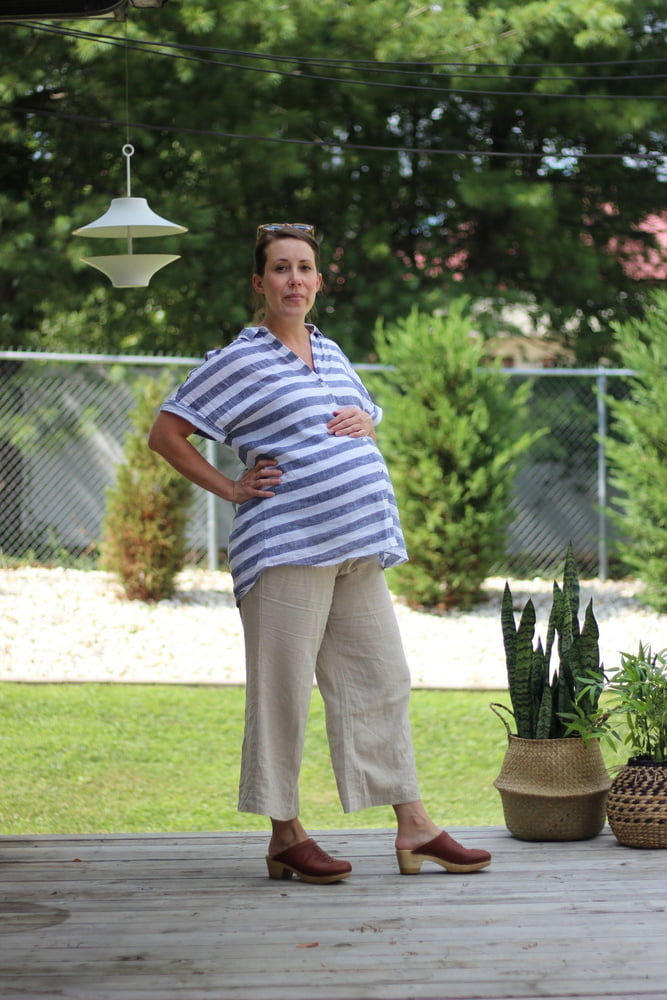 Complement Ther Clin Pract 28:176-80
Complement Ther Clin Pract 28:176-80
Show references Hide references
Covid in pregnant women threatens with complications and increases the risk of death 20 times
- Nikolay Voronin
- Science Correspondent
Subscribe to our Newsletter “Context”: it will help you understand the events.
Image copyright Reuters
An international study organized by scientists at Oxford University and conducted in 18 countries, including Russia, has shown that Covid-19during pregnancy is associated with a significantly higher risk of severe complications in mother and child than previously thought.
One of the largest Covid-19 pregnancy outcomes studies to date provided data on more than 2,100 pregnant women from 18 countries, including Russia. Pregnant women with Covid-19 tolerate both the pregnancy itself and the coronavirus infection much worse. Mutually complicating each other, they increase the risk of maternal mortality by an order of magnitude.
Mutually complicating each other, they increase the risk of maternal mortality by an order of magnitude.
The authors themselves, however, urge not to panic about this, not to draw far-reaching conclusions and not to make hasty decisions. For example, do not postpone a planned pregnancy, and even more so do not interrupt an already begun one.
“I would like to emphasize that pregnancy in the context of a pandemic is not yet a cause for panic,” the lead author of the study, Professor Aris Papageorgiou, who heads the scientific direction at Oxford University at the Institute of Maternal and Child Health, assured the BBC. For the vast majority of women, pregnancies will end in normal, healthy births, whether they have been infected with the coronavirus or not."
- Thinking about getting vaccinated against coronavirus? Here's what you need to know
- Map: How is vaccination going where you live?
However, notes Professor Papageorgiou, when a pregnant woman becomes infected with Covid-19, the risk of a severe course of infection does increase. Not least because during pregnancy, physiological changes occur in the expectant mother's body that suppress the immune response - in order to prevent rejection of the fetus, which is "still a half-foreign implant."
Not least because during pregnancy, physiological changes occur in the expectant mother's body that suppress the immune response - in order to prevent rejection of the fetus, which is "still a half-foreign implant."
In the second half of pregnancy, when the size of the fetus increases, the pressure of the uterus on the diaphragm increases, due to which the mother's breathing becomes more shallow. The risk of oxygen deficiency increases dramatically if a viral lung infection is superimposed on this natural process.
Individual control
The results of the study, which began in March last year, differ significantly from the ideas of scientists a year or even six months ago.
At first, WHO experts believed that the new coronavirus did not pose a particular danger to pregnant women - "unlike the swine flu" that caused the 2009 pandemic. However, this conclusion was reached when the number of confirmed cases of Covid-19 barely exceeded 50,000, almost all in mainland China.
By the summer, when the outbreak of a new disease turned into a full-blown pandemic, the number of pregnant women infected with covid rose to tens of thousands. It was then that it became clear that patients who are expecting a baby end up in intensive care at least one and a half times more often than women of the same age who are not in position. It turned out that expectant mothers have to be connected to the ventilator even more often.
Photo by Reuters
Skip the Podcast and continue reading.
Podcast
What was that?
We quickly, simply and clearly explain what happened, why it's important and what's next.
episodes
End of story Podcast
However, these data were also rather unreliable: only one in four coronavirus patients of childbearing age was known to doctors whether she was pregnant or not.
The new study, according to the unanimous opinion of experts, was carried out in compliance with the highest scientific standards - so its conclusions look more convincing and deserve much more trust.
Firstly, scientists observed each of its participants throughout the entire period: from the diagnosis to the birth itself and for some time after them. Secondly, for each of these patients, an individual control group was actually selected for comparison - two pregnant women who were as similar as possible to her in age and health status, but without a coronavirus diagnosis.
At the same time, it should be noted that not all infected pregnant women developed a severe form of Covid-19. In Russia, for example, almost two-thirds of the study participants had mild or asymptomatic coronavirus.
Prenatal vaccine
Overall, however, the difference between the groups was significant. In patients with Covid-19, pregnancy was more difficult, complications arose much more often, threatening not only health, but also the life of the mother and child. Serious secondary infections against the background of Covid-19 developed three times more often, and pregnant patients with coronavirus were admitted to intensive care five times more often.
Serious secondary infections against the background of Covid-19 developed three times more often, and pregnant patients with coronavirus were admitted to intensive care five times more often.
If in the control group the pregnancy ended in the death of the mother only in one case out of 1424, then in the group with Covid-1911 out of 706 patients died - that is, the risk of maternal death there was 22 times higher.
However, the co-author of the "Russian" part of the study, obstetrician-gynecologist Alexei Kholin, notes that deaths occurred mainly in regions where, due to a lack of resources, it is much more difficult for patients to receive the necessary medical care.
Image credit: PA Media
In addition, women with Covid-19 were more likely to have preterm births, resulting in more complications in their newborns, such as underdevelopment of the lungs, cerebral hemorrhages, visual impairment. 13% of newborns were infected with Covid-19- most likely by inheriting the infection from the mother.
At the same time, scientists have found that the virus is not transmitted to the child through mother's milk - but protective antibodies are transmitted. True, it is impossible to ensure a safe distance when breastfeeding, but the risk of transmission of infection between mother and child can be reduced to almost zero if you express milk and feed the children "remotely".
The authors of the study emphasize that the most reliable way to protect expectant mothers from the virus is vaccination, despite the fact that pregnancy is one of the contraindications and officially expecting a child is not recommended to be vaccinated.
Although pregnant women have not been recruited to volunteer for Covid-19 vaccine trials, scientists already have enough data to say that the vaccine does not pose a danger to either the mother or the child, Professor Aris Papageorgiou assures. “In our opinion, all pregnant women should be able to be vaccinated against coronavirus,” the expert concludes.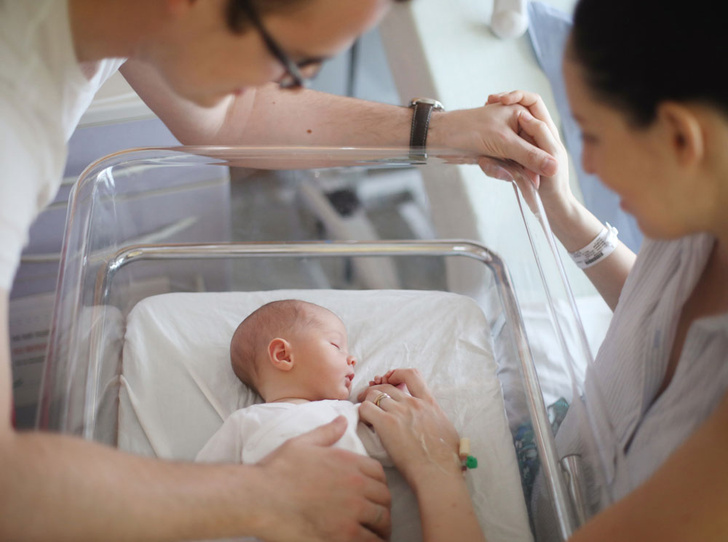
- Read all materials about coronavirus here
Phytopreparations during pregnancy | Moscow
It is well known that when prescribing drugs to a pregnant woman, we must take into account not only their potential effectiveness
But also their ability to cross the placenta, as well as their safety for the fetus. In addition, it is necessary to exclude the use of drugs that can lead to abortion or uterine bleeding.
At the same time, it is traditionally considered, not only by patients, but also, often by doctors, that “instead of chemistry it is better to prescribe herbs”, “natural is safer”. Let's see if this is the case.
Our conventional, laboratory-synthesized pharmaceuticals contain one, sometimes several, active ingredients. Everything - in a strictly defined dosage, which is mandatory controlled during production. Their action, individually and jointly, is well studied, and, as a rule, there are data on their safety, including during pregnancy.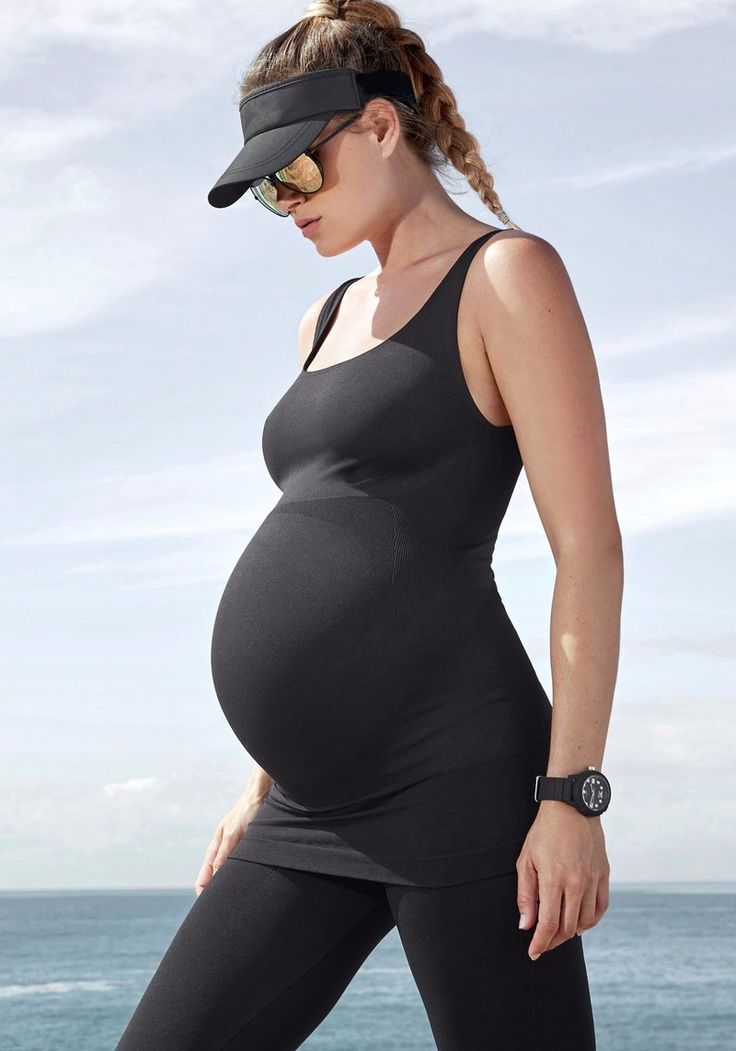
Any herbal raw material contains dozens of active substances, of which at least one or two have been studied to some extent, and their concentration may vary depending on the time of collection, the place where the plant grows, production and storage conditions. It is not possible to study the interaction of these active substances with each other, it is especially difficult to assess the possible benefits and risks of herbal preparations, which include several plant species and the number of active substances in which is measured in tens.
Before prescribing phytopreparation to a pregnant woman, one must be firmly convinced that it will benefit and the pregnant woman will benefit from its administration in any case, and that it will not cause harm, that is, it will not cause developmental disorders or death of the fetus, will not increase uterine contractility and will not cause uterine bleeding.
Are there herbal remedies that meet these conditions?
Unfortunately, there are none.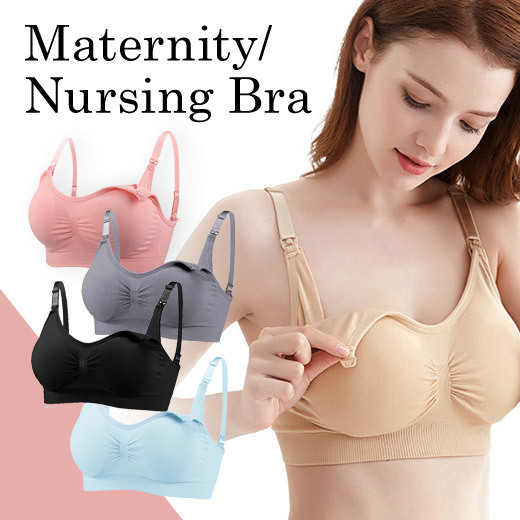 Even the safety of using valerian during pregnancy, which is familiar to everyone, is not enough data, so the use of this component during gestation is not recommended.
Even the safety of using valerian during pregnancy, which is familiar to everyone, is not enough data, so the use of this component during gestation is not recommended.
As an example, let's consider Canephron, a drug often used for urinary tract infections or edema in pregnant women, due to its possible uroseptic and diuretic effects.
First, how necessary is it?
It is well known that urinary tract infections in pregnant women require the appointment of antibiotic therapy, taking into account the sensitivity of the pathogen to the antibiotic. It is also well known that edema develops in 60% of pregnant women and does not require any treatment at all, and the use of diuretics during pregnancy has not been recommended for quite a long time, because as a result, the fetoplacental blood flow is depleted and the fetus suffers. That is, the need for it is rather doubtful.
Second, how safe is it?
It contains the herb centaury, lovage and rosemary. For centaury on the website of the European Medicines Agency (an organization that regulates the circulation of medicines), standard information is quite standard - there is not enough safety data.
For centaury on the website of the European Medicines Agency (an organization that regulates the circulation of medicines), standard information is quite standard - there is not enough safety data.
Rosemary and lovage are more difficult. Lovage has been used in traditional medicine in some countries for uterine contraction after childbirth and for delayed menstruation, so it is believed that its use may lead to miscarriage. Rosemary , when taken orally during pregnancy, can also cause uterine bleeding and lead to contraction of the myometrium, and therefore to miscarriage.
The question arises, why use a potentially unsafe drug during pregnancy, which, strictly speaking, is not necessary for life?
Chest collections
Let us examine the chest collections often prescribed for bronchitis in pregnant women.
Breast collection No. 1 includes raw marshmallow (safety during pregnancy has not been established, it is recommended to avoid use), coltsfoot (considered unsafe in general, contains carcinogens and hepatotoxic substances that can lead to toxic hepatitis and oncological diseases , and also cause impaired fetal development) and oregano (may cause uterine contractions and abortion).
Breast collection No. 2 includes coltsfoot (see above), plantain (according to some reports, it can increase myometrial contractility) and licorice (in large quantities, it can lead to miscarriage).
Breast collection No. 4 includes chamomile raw materials (safety during pregnancy has not been established, it is recommended to avoid use), wild rosemary (may lead to abortion), calendula (may lead to abortion), violets (safety during pregnancy has not been established, it is recommended to avoid use), licorice (see above) and mint (may affect the myometrium in significant amounts).
In principle, this is enough to make sure that such a search is worth doing on any herbal raw material before prescribing it to a patient or starting to use it yourself during pregnancy. But, we repeat, today there are no herbal preparations, the benefits of which during pregnancy would outweigh the risks and the appointment of which would be really necessary.